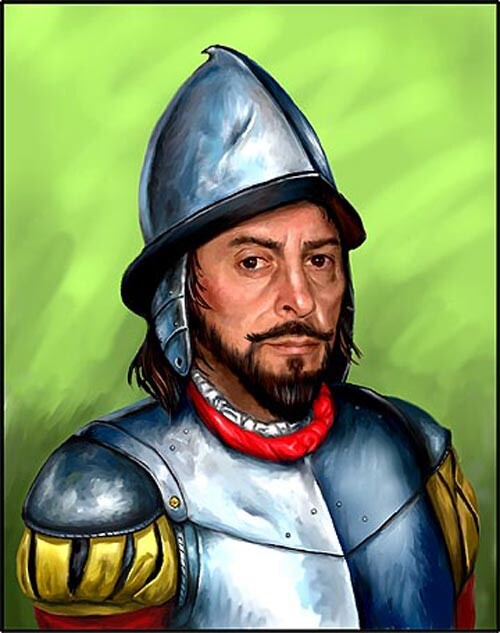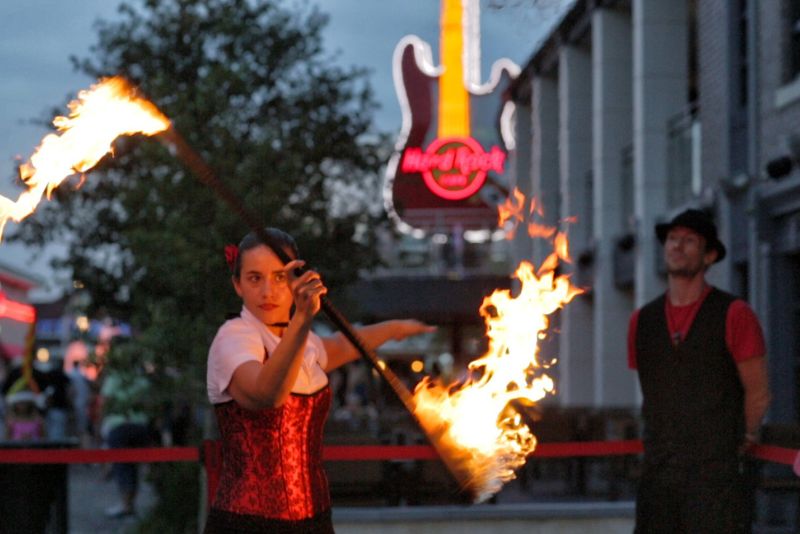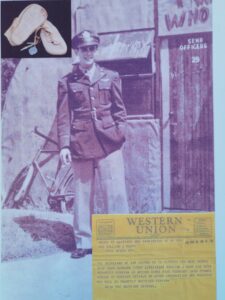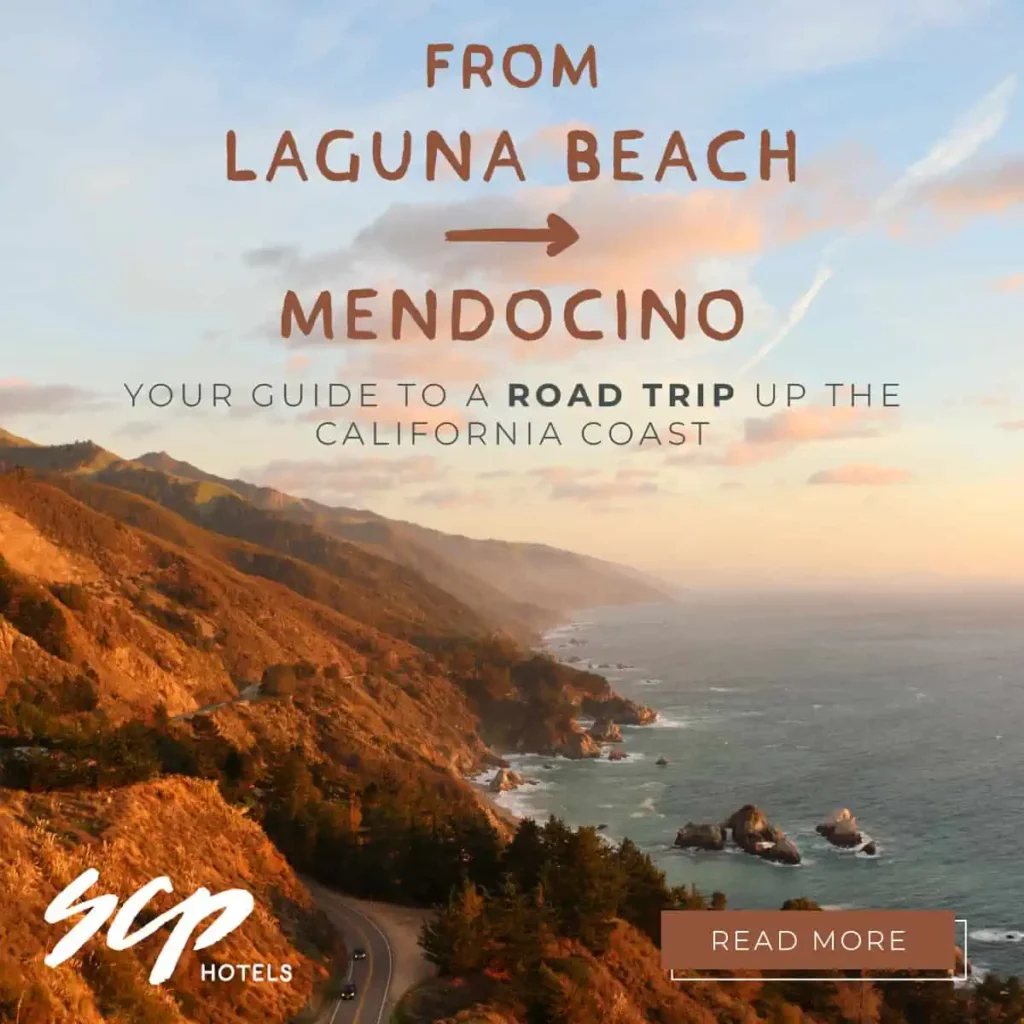by Melissa LaScaleia
Last month’s history article explored possibilities about where the name Chicora originated, and this month, we continue where our story left off— with the Spanish and French making initial discoveries and colonizing attempts of the coastal land.
The first documented visitation to the South Carolina coast by the Spanish was in 1521. The first documented visitation to South Carolina by a French ship occurred in 1524, when King Francis I of France, sent the Italian, Giovanni da Verrazzano on an exploratory journey along North America’s eastern coast. Verrazzano however, wasn’t looking to colonize, rather he sought a passage to the Pacific Ocean, and continued on.
But it wasn’t until five years after Spain’s initial visit, that the explorer and conquistador who spearheaded the original exploration of the area and enlisted the aid of Pedro de Quejo and Francisco Gordillo to do so on his behalf, one Lucas Vasquez de Ayllon, attempted to colonize the Winyah Bay area (near what is today Myrtle Beach).
Lucas amassed a group of colonizers aboard three ships, and set sail for the South Carolina coast. However, his slave/guide whom we introduced last month, Francisco Chicora, abandoned him upon arrival and he lost one of his three ships in an unknown river off the coast. Off to a rocky start, things didn’t improve.
The colony was called San Miguel de Gualdape, and it’s impossible to know it’s exact location because it was never documented and was abandoned in a matter of months. Ravaged by fever and a harsh winter, almost everyone perished, including Ayllon. He is however, known as the first European colonizer, and, what is also fascinating, was the man responsible for bringing the first African American slaves to what is now the United States.
Ayllon brought the slaves as labor to help him erect the colony. Seeing the colony’s weakness however, they soon rebelled, and fled away from the coast, where it is theorized that they settled with the Native Americans. The same year that saw the first colony here, 1526, is also remembered in history as the year of the first slave uprising on the continent.
More than thirty years passed before the French made a first attempt to set up a colony; it was much further south of Myrtle Beach, at Parris Island. This attempt also failed, and had a rather grim end.
The Myrtle Beach area remained sleepy, peaceful, and undisturbed by further attempts at colonization for over a century until the mid 1600s. The first permanent English settlement in South Carolina was founded in 1670, mostly by Virginians exploring what lay to the south. It was called Albemarle Point in present day North Carolina, about three hours away from Myrtle Beach by car.
Around the same time, the English King Charles II doled out parts of the North American coast to favored noblemen and made them colonies under the British Crown, with the noblemen as protectorates of the land. Carolina was one of these pieces, and originally included what is today the areas of North and South Carolina. The territory was overseen by eight so-named Lord Proprietors, who were eager to further populate the area and thus ensure it stayed out of the grasp of the Spanish, who had firm establishments further south. The Lord Proprietors implemented liberal and generous living, political, and religious policies to incentivize people to move to the vast tract of land. It worked. And in ensuing years, the settlement at Albemarle moved further south into the Charleston area and became known as the hub of the southern colonies, with opportunities for industry and a new start arguably the backbone of its success.




















